Standard reduction potential (volts) in acid solution is given by the Latimer diagram as shown:
CiO−41.19−−→CIO−31.21−−→CIO→Cl2→Cl−
Which of the following cannot disproportionate in acid solution under standard conditions?
CIO−3
CIO−2
Cl2
CIO−
The correct Answer is:C
Step by step video, text & image solution for Standard reduction potential (volts) in acid solution is given by the Latimer diagram as shown: CiO_(4)^(-)overset(1.19)rarrCIO_(3)^(-)overset(1.21)rarrCIOrarrCl_(2)rarrCl^(-) Which of the following cannot disproportionate in acid solution under standard conditions? by Chemistry experts to help you in doubts & scoring excellent marks in Class 12 exams.
Updated on:21/07/2023Topper's Solved these Questions
- ELECTROCHEMISTYBOOK - GRB PUBLICATIONCHAPTER - ELECTROCHEMISTYEXERCISE - Match the column type
16 Videos
- ELECTROCHEMISTYBOOK - GRB PUBLICATIONCHAPTER - ELECTROCHEMISTYEXERCISE - Subjective type
39 Videos
- ELECTROCHEMISTYBOOK - GRB PUBLICATIONCHAPTER - ELECTROCHEMISTYEXERCISE - Multiple objective type
33 Videos
- D-BLOCK ELEMENTSBOOK - GRB PUBLICATIONCHAPTER - D-BLOCK ELEMENTSEXERCISE - Subjective Type
18 Videos
- ENVIRONMENTAL CHEMISTRY BOOK - GRB PUBLICATIONCHAPTER - ENVIRONMENTAL CHEMISTRY EXERCISE - Straight objective type
40 Videos
Similar Questions
Knowledge Check
Standard reduction potential (volts) in acid solution is given by the Latimer diagram as shown:
CiO−41.19−−→CIO−31.21−−→CIO→Cl2→Cl−
What is standard reduction potential of CIO−3→12Cl2 In acidic medium is:A1.47VB4.47VC2.23VD0.894VStandard reduction potential (volts) in acid solution is given by the Latimer diagram as shown:
CiO−41.19−−→CIO−31.21−−→CIO→Cl2→Cl−
The pH at which ECIO−3∣CIO−=1.31 volt is: [Given: [CIO−3=1M,[CIO−]=1M,
2.303RTF=0.06]A0B1C2D12Which of the following is the major solute species in a solution of glutamic acid at pH=1.3?
A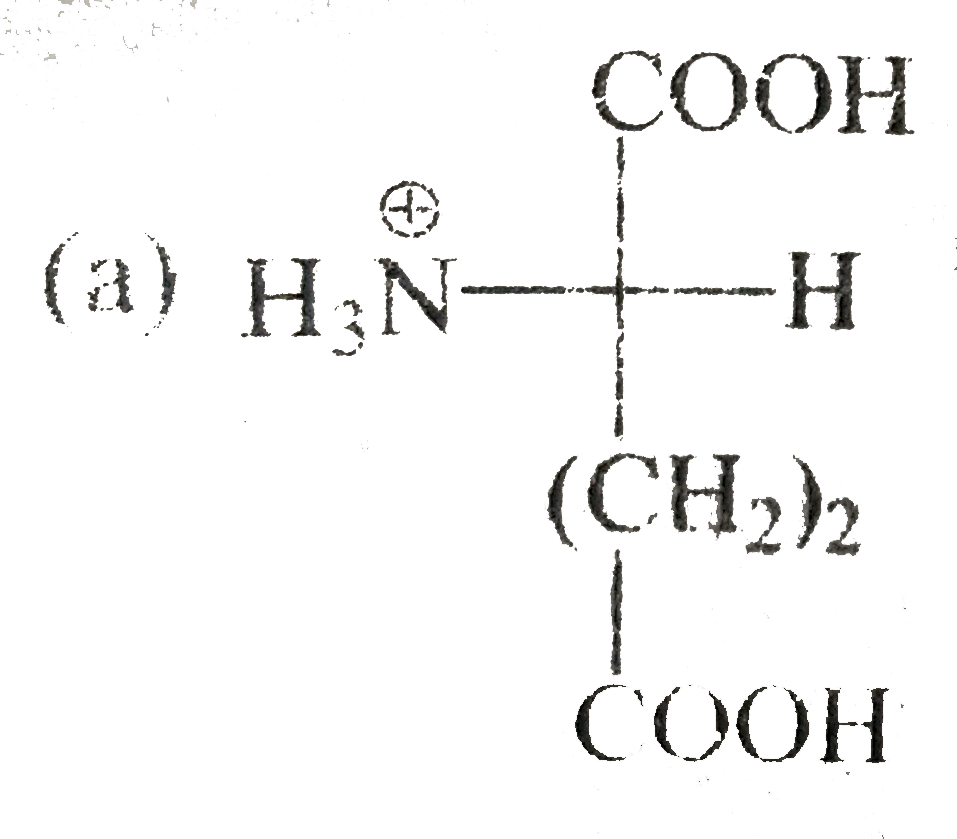 B
B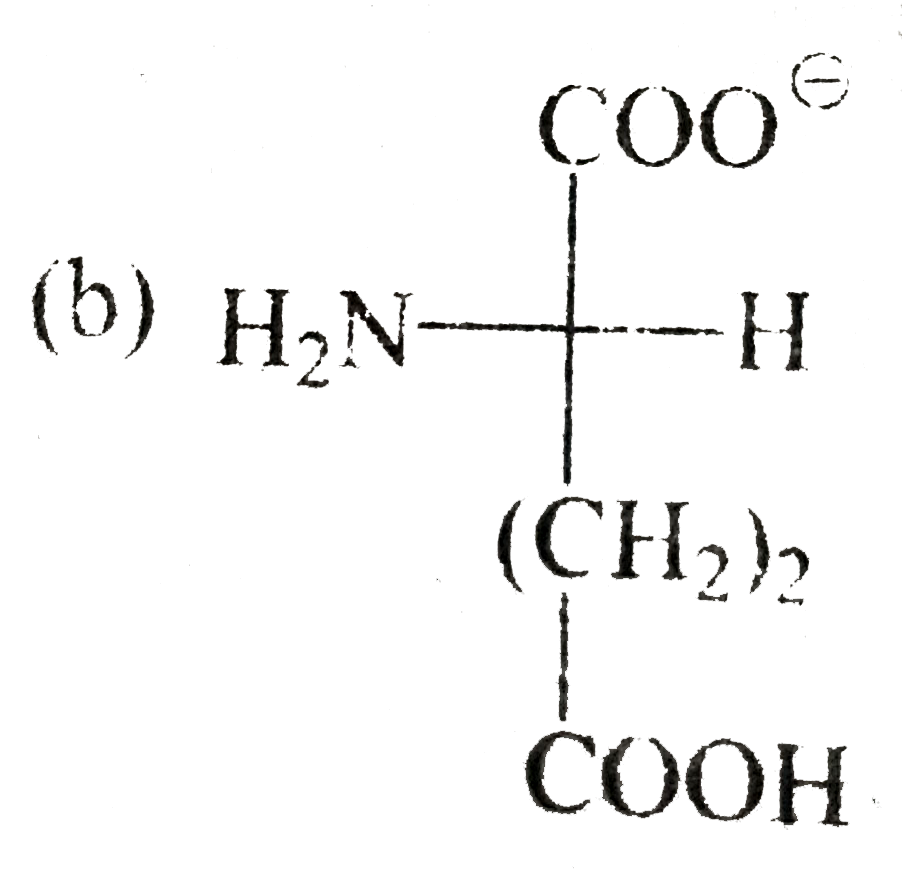 C
C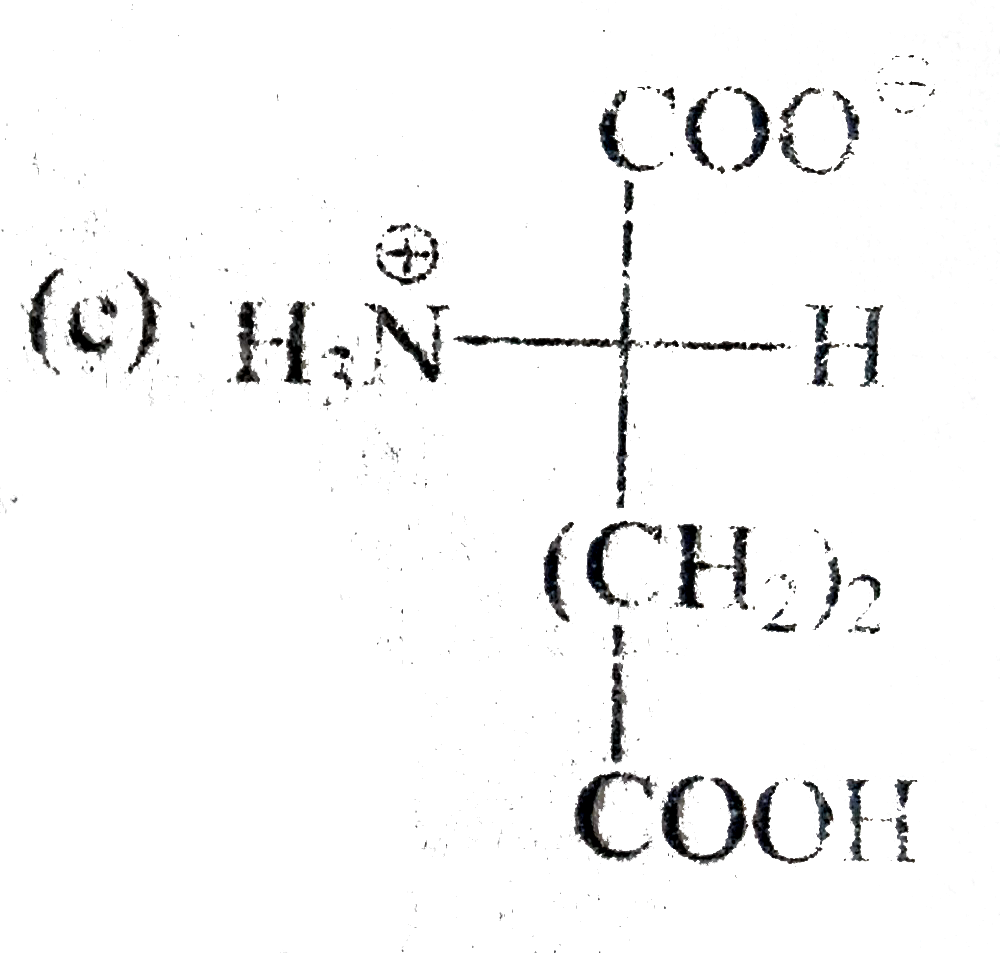 D
D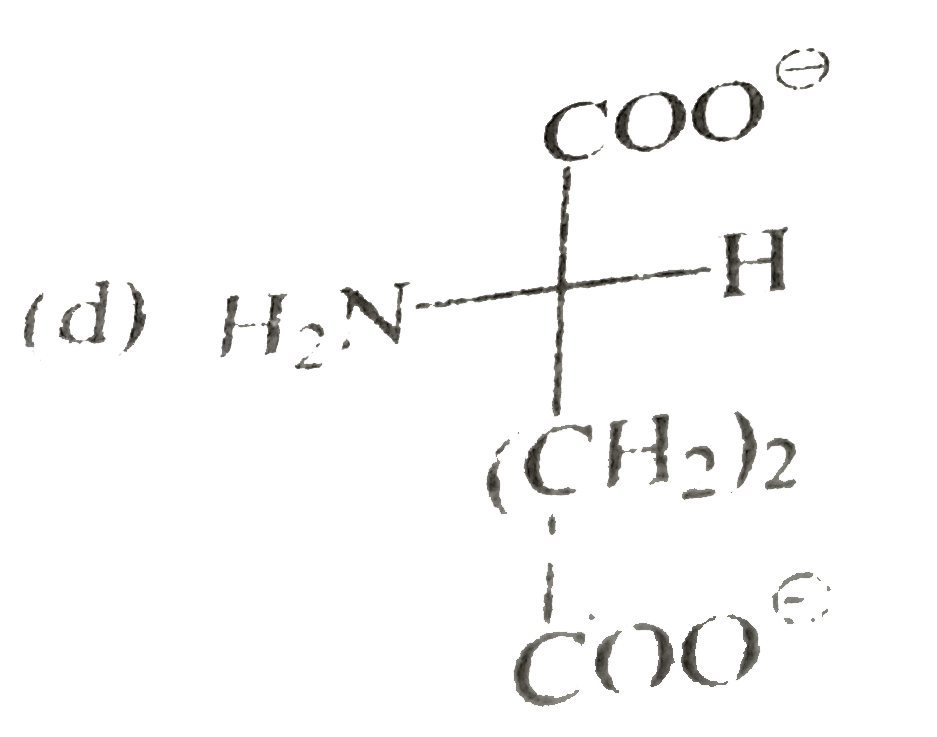
E0Fe3+/Fe+2=+0.77V,E0Fe+3/Fe=0.036V . What is E0Fe/Fe+2 and is Fe+2 stable to disproportionation in aqueous solution under standard conditions
View SolutionThe standard reduction potential for H+(aq) is 0.00v. What is the reduction potential for a 1×10−3 M HCl solution?
View SolutionThe standard oxidation potential for Mn3+ ion acid solution are Mn2+−1.5V−−−→Mn3+−1.0V−−−→MnO2. Is the reaction 2Mn3++2H2O→Mn2++MnO2+4H+ spontaneous under conditions of unit activity ? What is the change in free energy ?
View SolutionIf an element can exist in several oxidation states, it is convernient to display the reduction potentials correspondingg to the various half reactions in diagrammatic form, know as latimer diagram the latimer diagram for chlorine in acid solutio is
CIO−4+1.20V−−−−→CiO−3+1.18V−−−−→HClO2+1.60V−−−−→HClO1.67V−−→Cl21.36V−−→Cl− in basic solution.
ClO−40.37V−−→ClO−30.30V−−→ClO−20.68V−−→ClO−0.42V−−→Cl21.36V−−→Cl− The standard potentials for two nonadjacent species can also be calculateed by using the concept that △G∘ as an additive property but potential is not an additive property and △G∘=−nFx0. if a given oxidation stateis a stronger oxidising agent than the next higher oxidation state, disproportionation can occur. The reverse of disproportionation is called comproportionation. The relative stabilities of the oxidation state can also be understood by drawing a graph of △G∘/F against oxidation state, known as frost diagram, choosing the stability of zero oxidation state arbitrarily as zero. The most stable oxidation state of a species lies lowest in the diagram, disproportionation is spontaneous if the species lies above a straight line joining its two product species.
Q.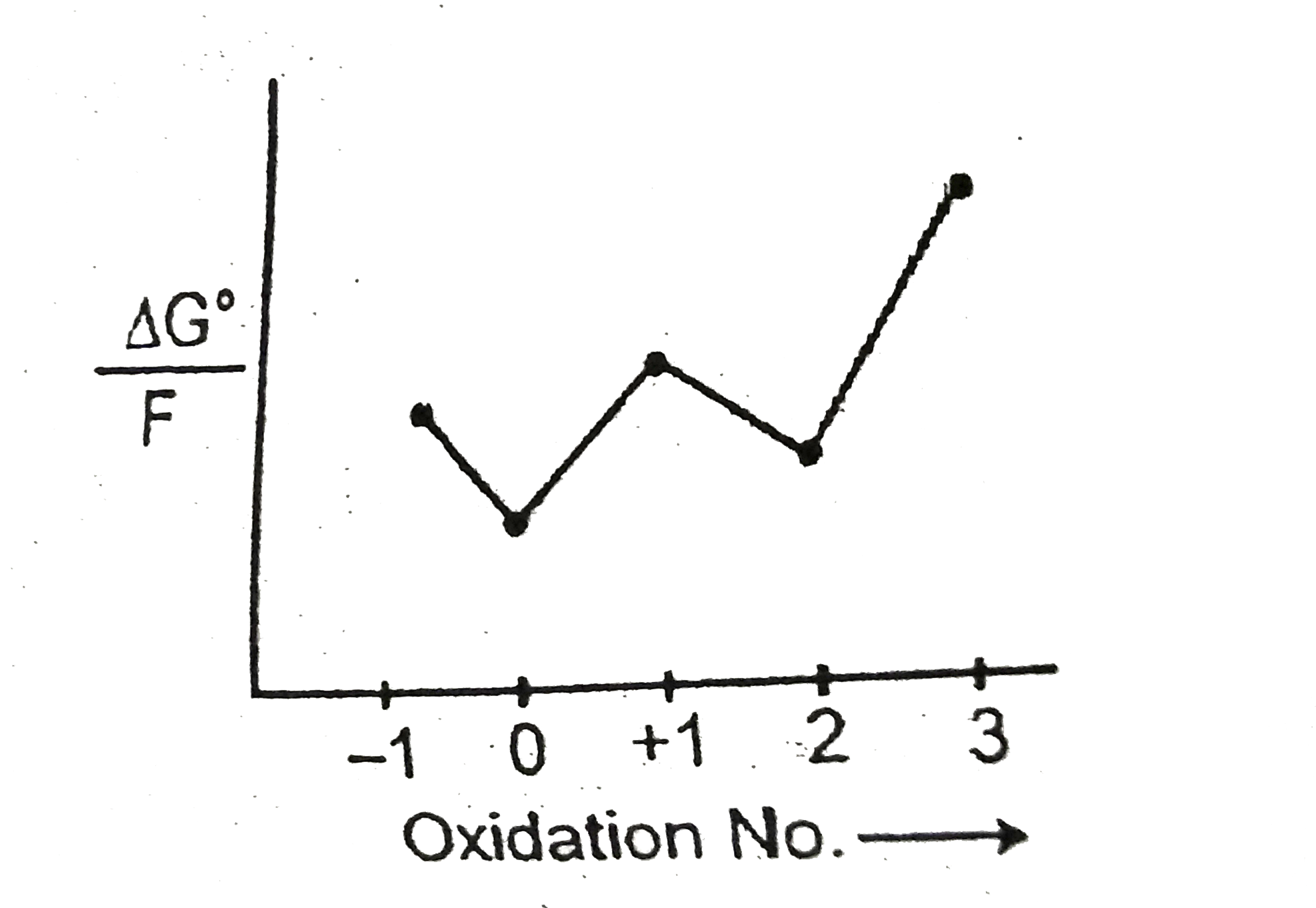
For a hypothetical element, the frost diagram is shown in figure.? which of the following oxidation state is least stable?
View SolutionIf an element can exist in several oxidation states, it is convernient to display the reduction potentials correspondingg to the various half reactions in diagrammatic form, know as latimer diagram the latimer diagram for chlorine in acid solutio is
CIO−4+1.20V−−−−→CiO−3+1.18V−−−−→HClO2+1.60V−−−−→HClO1.67V−−→Cl21.36V−−→Cl− in basic solution.
ClO−40.37V−−→ClO−30.30V−−→ClO−20.68V−−→ClO−0.42V−−→Cl21.36V−−→Cl− The standard potentials for two nonadjacent species can also be calculateed by using the concept that △G∘ as an additive property but potential is not an additive property and △G∘=−nFx0. if a given oxidation stateis a stronger oxidising agent than the next higher oxidation state, disproportionation can occur. The reverse of disproportionation is called comproportionation. The relative stabilities of the oxidation state can also be understood by drawing a graph of △G∘/F against oxidation state, known as frost diagram, choosing the stability of zero oxidation state arbitrarily as zero. The most stable oxidation state of a species lies lowest in the diagram, disproportionation is spontaneous if the species lies above a straight line joining its two product species.
Q. Which of the following couple have same value of potential at pH=0 and pH=14?
View Solution
